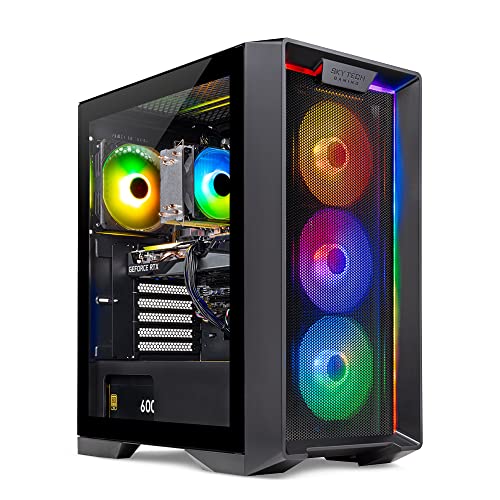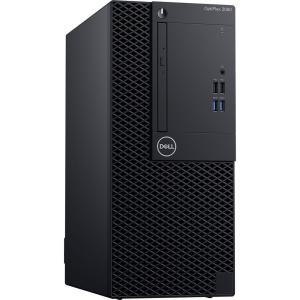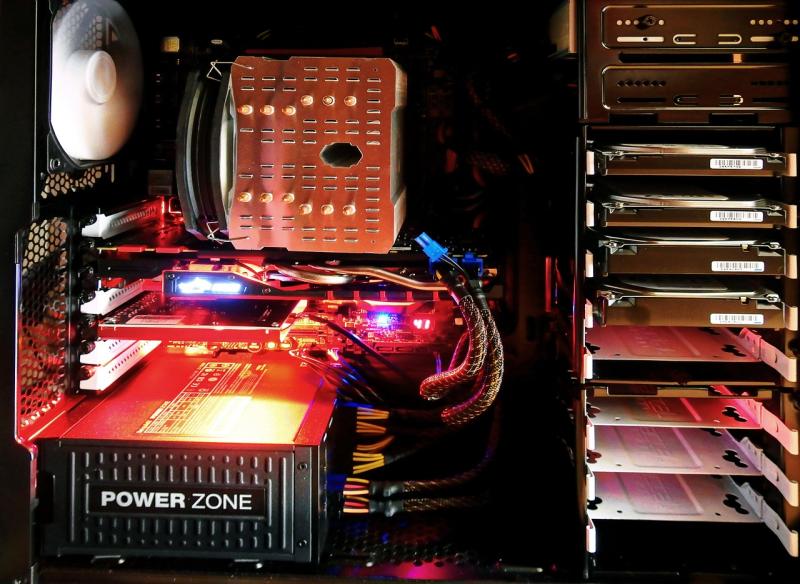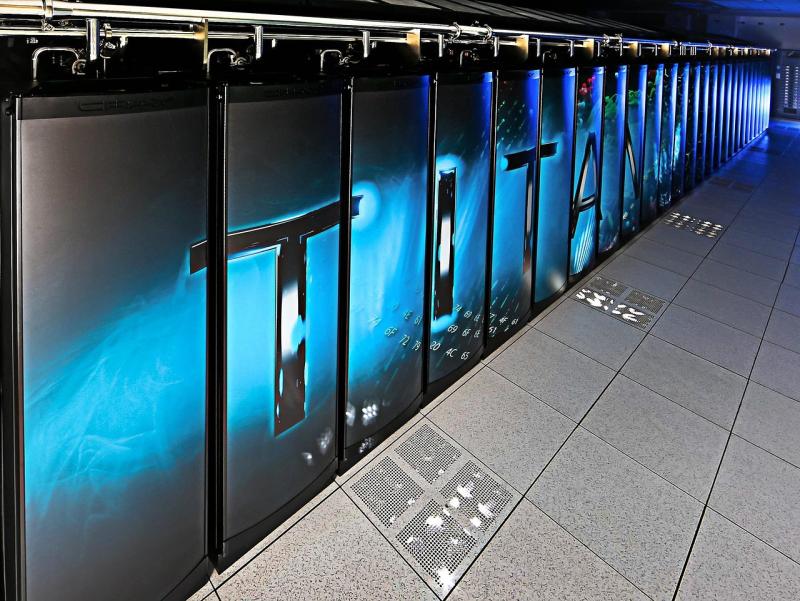**Introduction**
CPU throttling occurs when a processor reduces its speed to prevent overheating, resulting in reduced performance during intensive tasks. Understanding the causes behind throttling is essential for maintaining peak system performance.
**Identifying Throttling Causes**
Thermal limitations, inadequate cooling, high ambient temperatures, and overvoltage are common culprits behind CPU throttling. Monitoring tools can help pinpoint when your CPU reduces its clock speed. Analyzing system benchmarks and temperature logs can reveal potential thermal bottlenecks that affect performance.
**Strategies to Prevent and Resolve Throttling**
Improving your cooling solution—by cleaning heatsinks, reapplying quality thermal paste, or upgrading fans—can significantly reduce the risk of throttling. Additionally, optimizing voltage settings and ensuring proper airflow within your case can help sustain higher clock speeds without compromise.
**Conclusion**
By diagnosing the root causes of CPU throttling and applying targeted cooling and maintenance strategies, you can restore your system’s full performance potential and prevent slowdowns during demanding tasks.
**SEO Keywords:** CPU throttling, thermal throttling, performance slowdowns, CPU temperature, performance diagnostics, PC maintenance, overclocking issues, voltage management, CPU performance, thermal management
View our related products
See more



Understanding CPU Throttling: Diagnosing and Resolving Performance Slowdowns
Related Articles
Essential High-Performance PC Components You Need Now
Upgrade your setup with the must-have parts for unbeatable gaming and productivity
Top Picks for Best High-Performance PCs
Find the perfect power machine for gaming, work, or creative projects
Your Guide to the Best High-Performance PCs
Find the Right PC for Your Gaming and Creative Needs
View our related products
See more





